In the word “hat,” there’s just one consonant at the end. But in the words “fill,” or “kiss,” or “buzz,” there are two consonants at the end.
Why is that?
It’s because of the “double final consonant” rule!
In this blog post, I’m going to explain the double final consonant rule, give examples, and share teaching ideas for this skill!
(Note: This is the fourth post in a series of blog posts covering phonics terms and skills. If you missed the preceding posts in this series, you can access the first post on phonemes here, the second on digraphs here, and the third on blends here.)
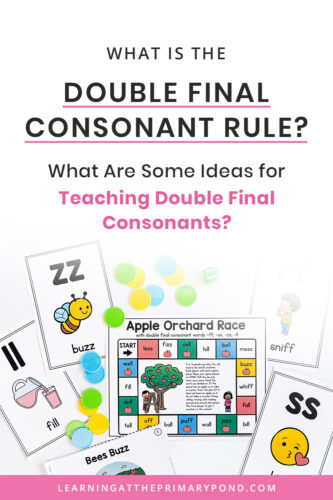
What is the Double Final Consonant Rule?
If a short vowel word or syllable ends with the /f/, /l/, /s/, or /z/ sound, it usually gets a double f, l, s, or z at the end. This is sometimes referred to as the FLOSS rule.
Some examples of words that follow this rule are:
Double f: staff, stiff, whiff, off, cuff, puff, stuff
Double l: bell, fell, tell, smell, spell, drill, fill, gill, mill, pill, still, will, doll, dull, ball, call, fall, hall, mall, stall, tall, wall (Did you notice how the a in the “all” chunk changes to the short o sound? More on this later!)
Double s: bass, mass, pass, chess, dress, press, kiss, miss, floss, fuss, muss
Double z: jazz, whizz, buzz, fuzz
In the words above, the final consonant doubles because 1) the vowel is short and 2) the final consonant is either f, l, s, or z.
However, there are some exceptions! The most common exception is found in words that end in the letter “s” but make the /z/ sound. (Examples: his, was.)
Words that end with a blend (i.e. golf or shelf) don’t get a double final consonant, either.
And here’s a few more exceptions: bus, chef, pal, yes.
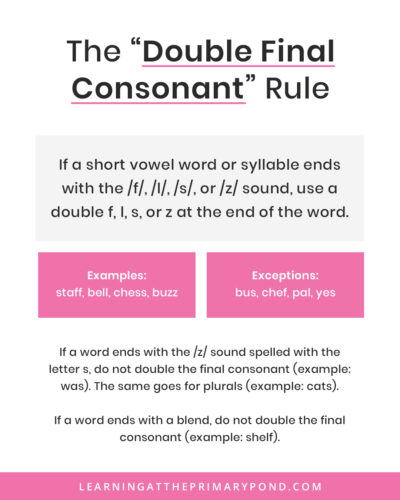
How Do You Teach The Double Final Consonant Rule?
I like to call double final consonants “twin letters” when I introduce them to my students!
The first thing I teach students is that we only say the sound of the letter one time. In the word tell, for example, the sounds are /t/ /ĕ/ /l/, and we only say the /l/ sound once.
I usually begin by working with double final consonants f, s, and z. I teach them the rule (including by explaining that it applies to words or syllables with a short vowel sound).
After some practice with those double final consonants, I introduce words with “ll” at the end. This is a bit trickier, because when a word has the chunk “all” (like in the word “ball”), the a actually makes a short o sound.
I teach students to look for “all” in words, so that they recognize the chunk and remember the surprising vowel sound.
As with all other phonics rules, we practice reading and writing words with double final consonants, and we read decodable texts with double final consonants.
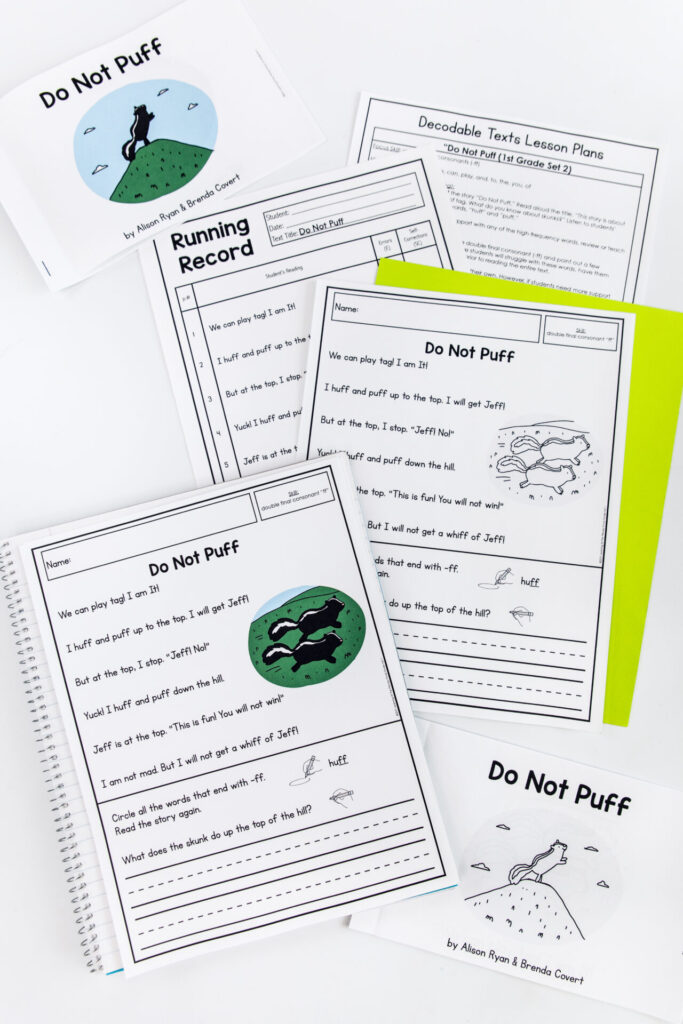
When Do You Teach the Double Final Consonant Rule?
In Kindergarten, I don’t typically teach my students the full double final consonant rule. However, when words come up that end in a double final consonant, I do teach them to say the sound only once.
First grade is typically when I introduce the skill for the first time. In my phonics program, From Sounds to Spelling, I teach double final consonants after students have learned CVC words and digraphs. I usually teach them before we work on consonant blends. Students typically need lots of review with double final consonant words so that they remember to apply the rule in their spelling.
In second grade, we review double final consonant words again, typically at the beginning of the school year. Some kids also need lots of review to consistently apply it to their spelling.
If you’d like a free scope and sequence for teaching phonics in K-2, you can grab it in this free download from my phonics program.
What Are Some Activities for Teaching the Double Final Consonant Rule?
One of my favorite ways to reinforce skills is to have students play games!
In my No-Prep Phonics Games, there are TONS of games on many different phonics skills. One of those skills is double consonant blends! Check out:
– 1st Grade No-Prep Phonics Games for Double Final Consonants
– 2nd Grade No-Prep Phonics Games for Double Final Consonants
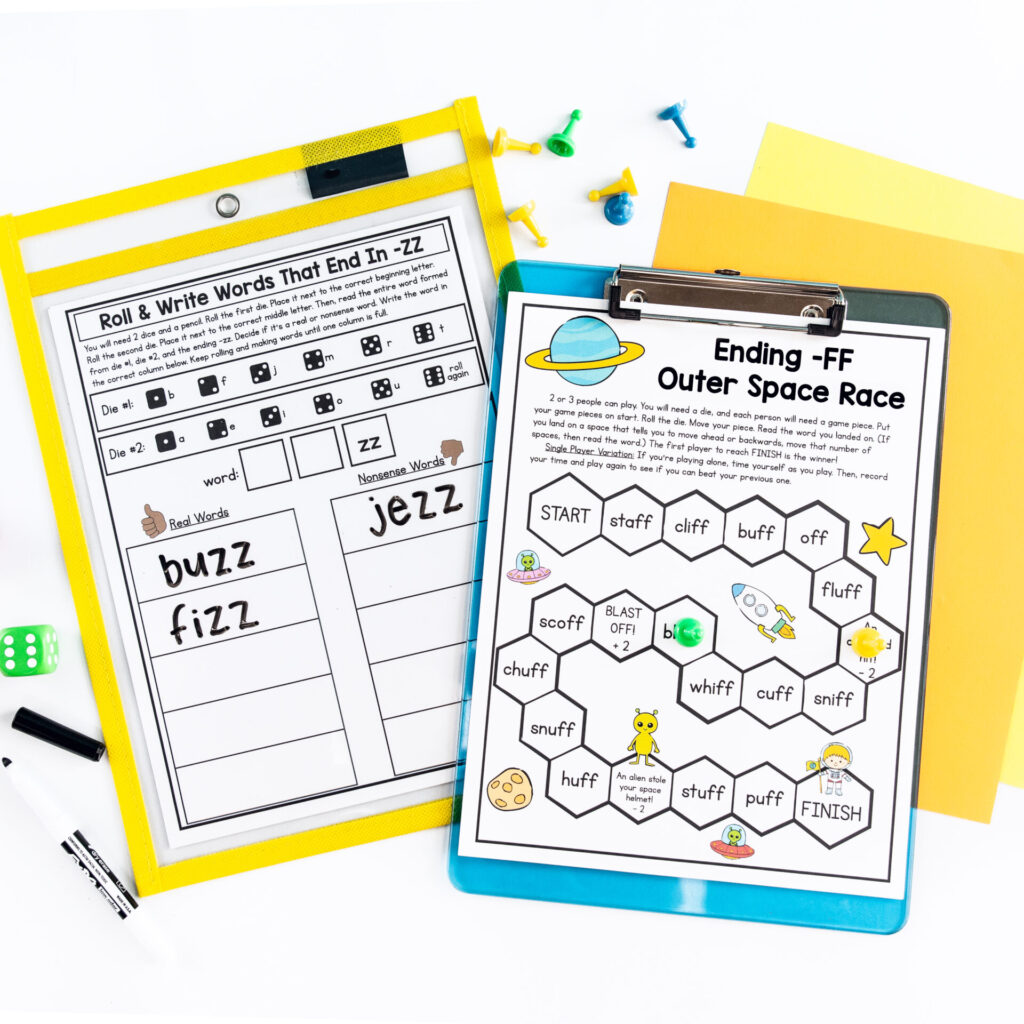
I also have a Decodable Readers set on double final consonants! Click here to get access to those decodable readers.
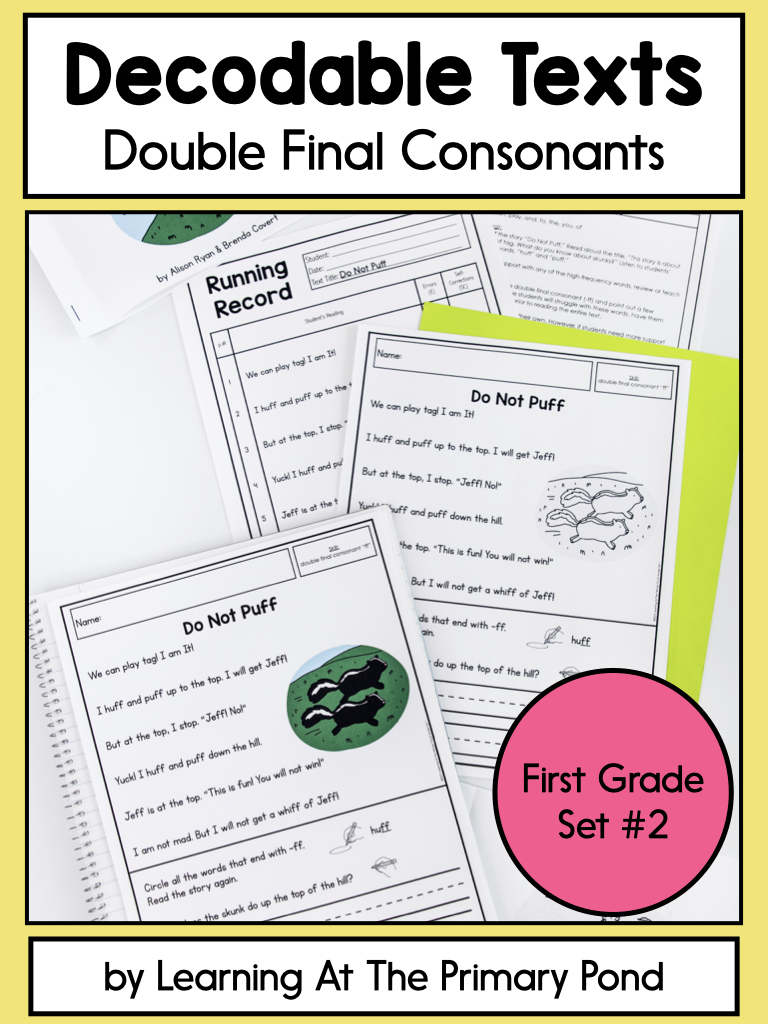
Here are a few more fun activities for teaching the double final consonant rule! They come from my phonics program, From Sounds to Spelling, but they can be incorporated into any program.
- Blend to read words with double final consonants (example: I’ll have 3 cards including my double final consonant sound card, b-u-zz; students say /b/ /u/ /zz/, buzz). Having both letters on one card drives home the point that these letters work together to make one sound.
- Write words with double final consonants; make words with magnetic letters
- Circle, underline, or highlight words with double final consonants BEFORE or AFTER reading a decodable text (this is great for getting students to recognize double final consonants in context!)
The human brain loves patterns, so I also try to include games that encourage students to look for patterns. This “Cupcake Bump” activity comes from Level 1 of my From Sounds to Spelling program. (To play the game, students spin and match the spelling pattern by covering a cupcake with a cube. They take turns spinning and covering words. Students may “bump” a partner’s cube if it is not locked in with a double cube. The player to use all their cubes first is the winner.)
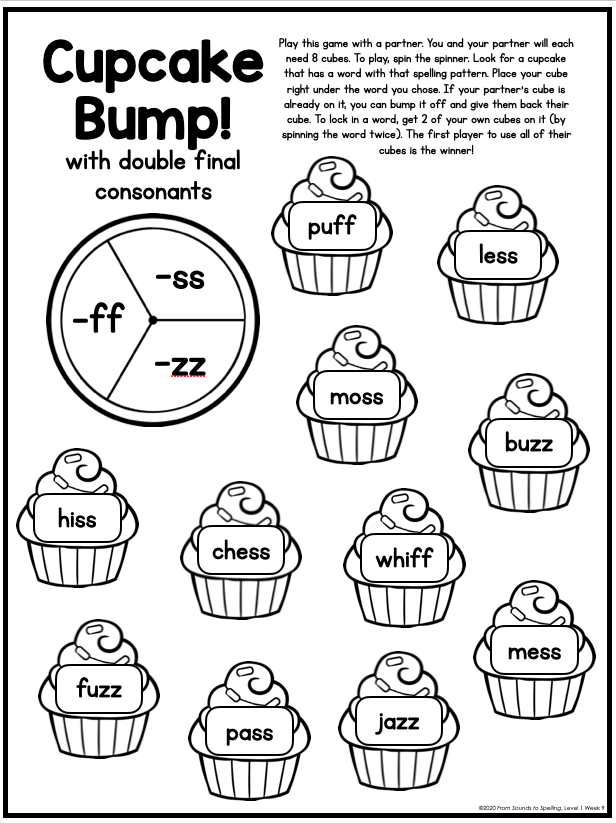
To build fluency with double final consonant words, my students do this “Reading Race” activity. They race against themselves, trying to beat their previous time as they read the word list.
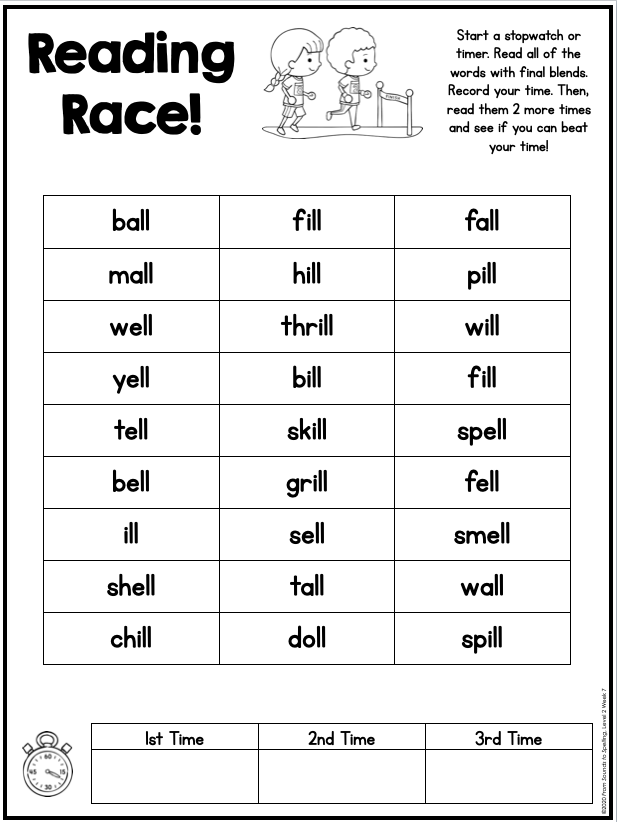
To recap, here are the resources I have available for teaching double final consonants:
If you need a complete program for teaching double final consonants and many other phonics skills, check out my phonics program, From Sounds to Spelling. It includes complete lesson plans, games like the ones above, posters to help students remember spelling rules, high frequency word instruction, decodable texts, and lots more.
Happy teaching!
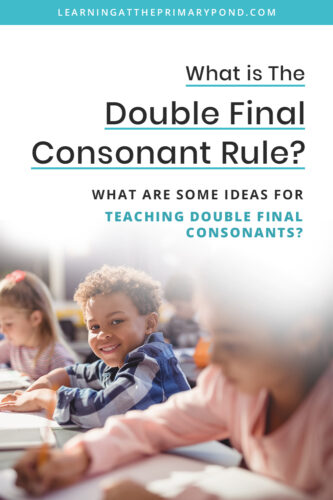

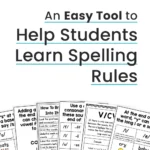
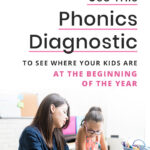

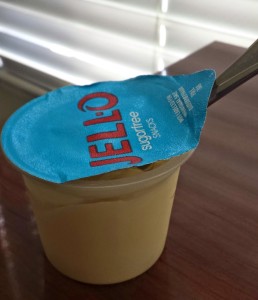

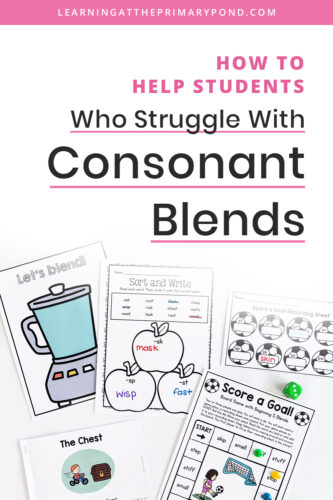






This is awesome 👍
Thanks!